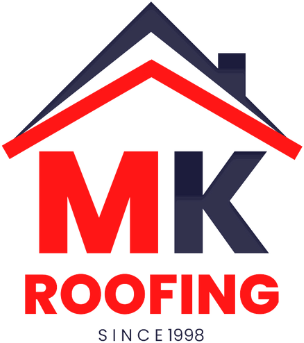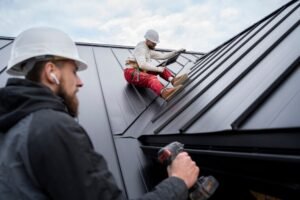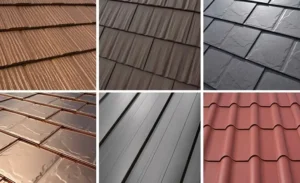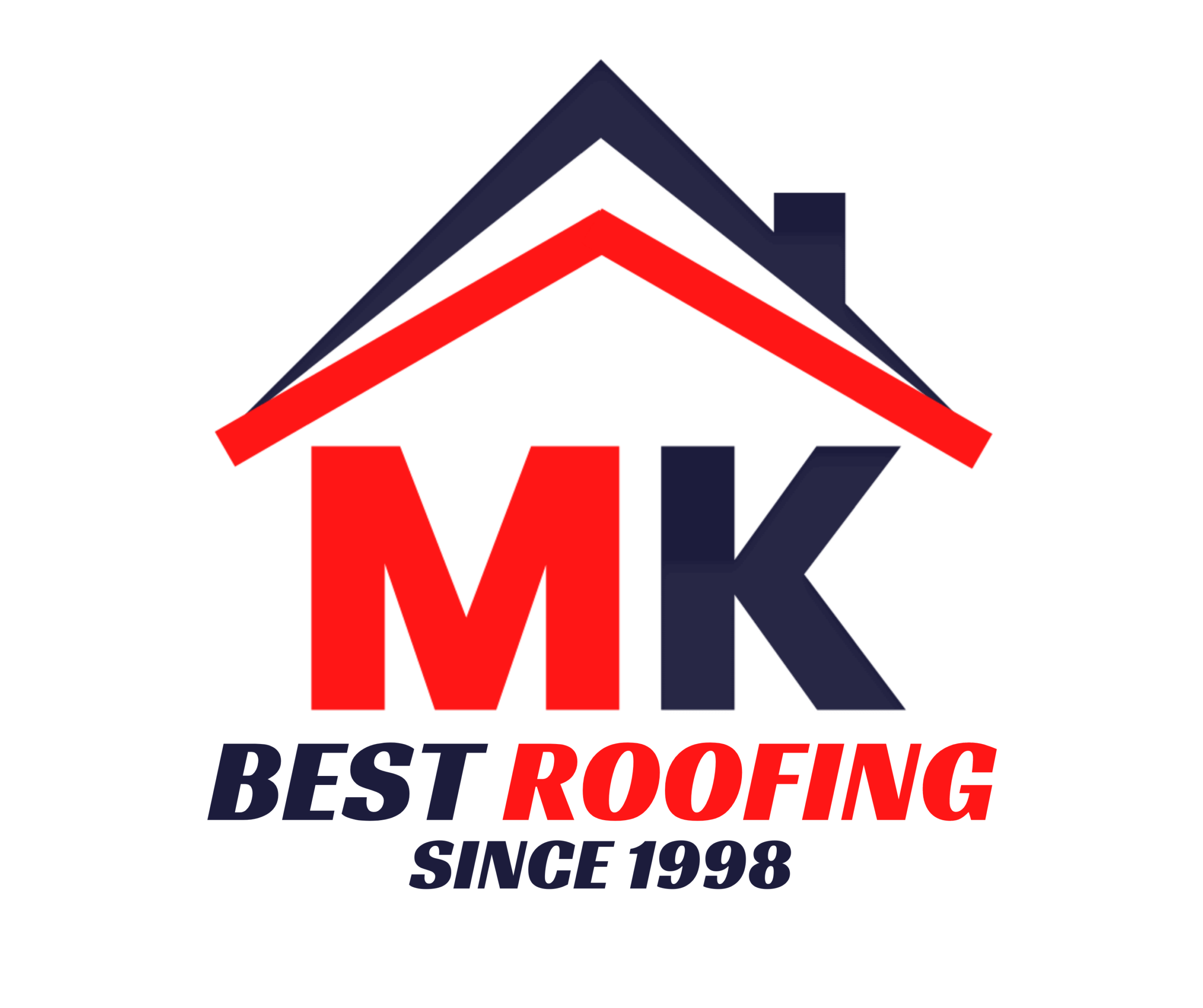Table of Contents
Winter can be challenging for your home, especially the roof. Due to the temperature fluctuations, the melting snow refreezes to form ice dams, which may push water under your roofing shingles. After some time, this freeze-thaw cycle weakens your roofing materials, making them prone to further damage. In this article, we shall look into some common types of snow and ice damage and consider some useful tips for its prevention and maintenance.
Understanding the Snow and Ice Damage to Your Roof
Snow and ice can be tough on roofs, potentially causing serious damage. By knowing the following risks, you can take proactive steps to protect your home and prevent problems.Weight from Snow
Snow can add a lot of weight to the roof and feel heavier if it’s wet and packed down. This extra weight can cause a lot of pressure on the roof, causing it to sag or even collapse. One needs to monitor the accumulation of snow and clear it in cases where it poses a threat. Maintaining a regular check and getting professional roofing services can help in keeping the roof safe.Damage to Roofing Materials
Snow and ice can damage your roofing materials through the freeze-thaw cycle. Temperatures can also affect roofing shingles since they may crack, the flashing may become loose or the seals may deteriorate. Maintenance checks to fix any problems by roofers in Nassau County will ensure that your roof has a longer life and your home is safe.Ice Dams
An ice dam is formed when the melted snow, instead of draining off the roof, re-freezes at the roof’s edge. This ice prevents the melting snow from draining properly, which may lead to water seeping under the roofing shingles. This water can get trapped and lead to leaks, water damage, and insulation issues. It is important to manage ice dams with roofing repair services to prevent the destruction of the roof and home.Leaks and Water Damage
The accumulation of snow and ice on the roof worsens the situation of an already damaged roof and may even cause more damage. When the temperature rises, the snow melts, and when the temperature drops, the melted snow tries to find its way through any crack, leading to water damage. Problems such as leakage can damage your roof, growth of mold and mildew, rotting, and decaying of the roof. Roofing repair services are important as they allow early detection and solutions to problems that may cause costly damages.Gutter and Downspout Issues
Gutters and downspouts are useful in channeling water away from the roof and the house. They can be blocked by snow and ice, thus preventing water from draining and leading to overflowing. This overflow will cause damage to your roof and walls and the weight of the ice can also break the gutters and the downspouts. It is recommended to clean them often to prevent any protruding issues in the winter.How Different Roofing Materials Handle Snow and Ice
Snow and ice affect various roofing materials differently. Here’s how some common roofing options handle winter weather:- Copper: Copper roofing is very long-lasting and can last more than half a century. They can easily resist mildew or water damage and can withstand harsh winters with hailstorms.
- Clay: Clay tiles are generally recommended for use in warm climates; however, it does not mean that they cannot be used in cold climates. It traps air between that helps reduce ice dam formation and control the freeze-thaw cycle.
- Slate: Slate is one of the best roofing materials that is durable and does not easily get damaged by water or heat. It also provides insulation as it retains heat inside and keeps the cold out. Slate roofs can be expected to last for a century when it is well taken care of.
- Wood: This type of roof is very effective in the provision of insulation but at the same time it is not very effective when it comes to the prevention of water damage. In dry areas, wood roofs are very energy-efficient and durable, but in areas that receive a lot of snow or rain, they may not be the best choice.
How to Keep Your Roof Safe from Winter Challenges
Roof maintenance is an important aspect that requires to be done from time to time. Follow these steps to prevent damage from snow and ice. Follow these steps to prevent damage from snow and ice:- Consider Roof Replacement Services: Some roofs may only need a few repairs while on the other hand, some roofs may call for total roof replacement due to major damages and the type of material used. When you are in the process of changing your roof, it is advised to choose a durable roofing material that can withstand your region’s weather conditions.
- Clean Regularly: It is recommended to clean your roof at least twice a year in the late autumn or early spring season. This will help you remove debris before snow and ice set in and prepare the roof for the summer season.
- Inspect Frequently: It might be difficult to locate the source of the leaks and that is why it might be helpful to call in a professional roofing contractor for thorough inspections.





